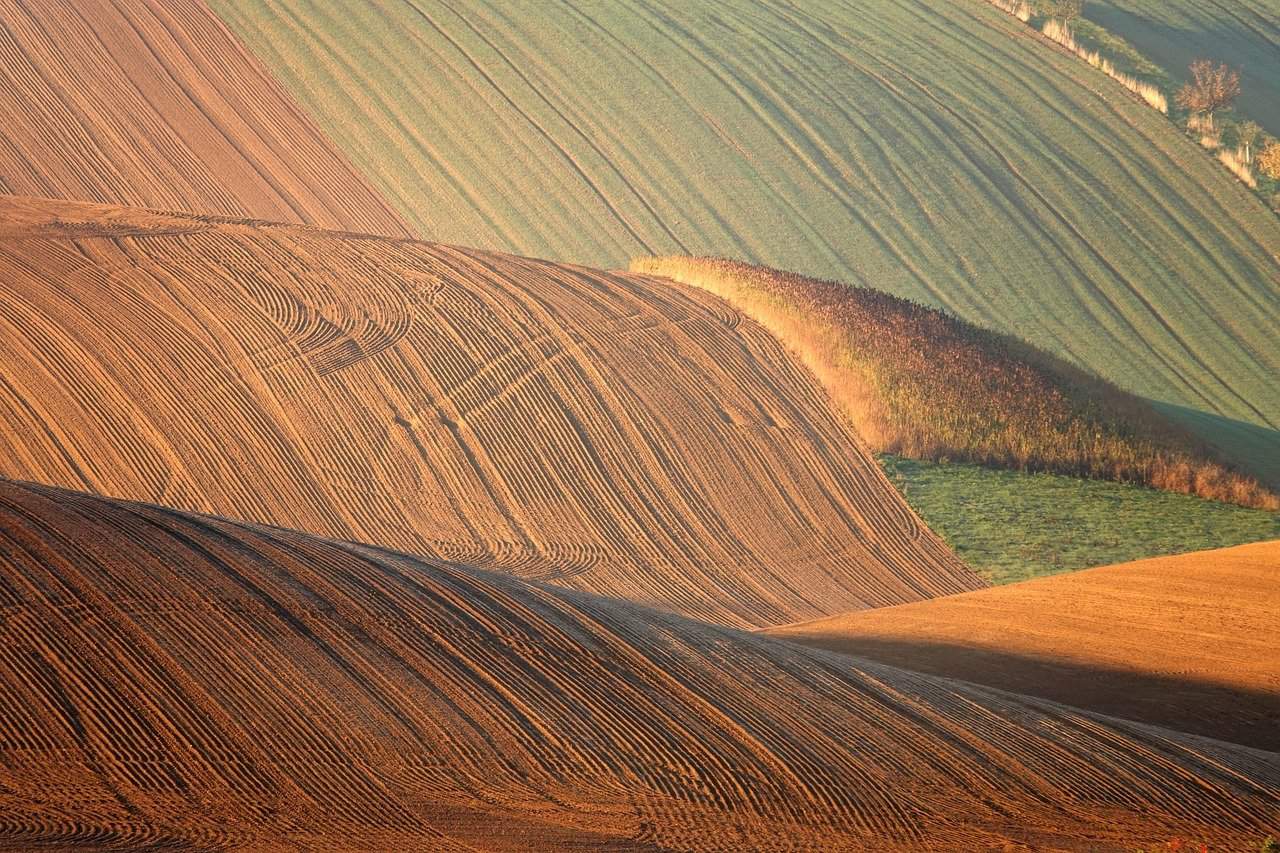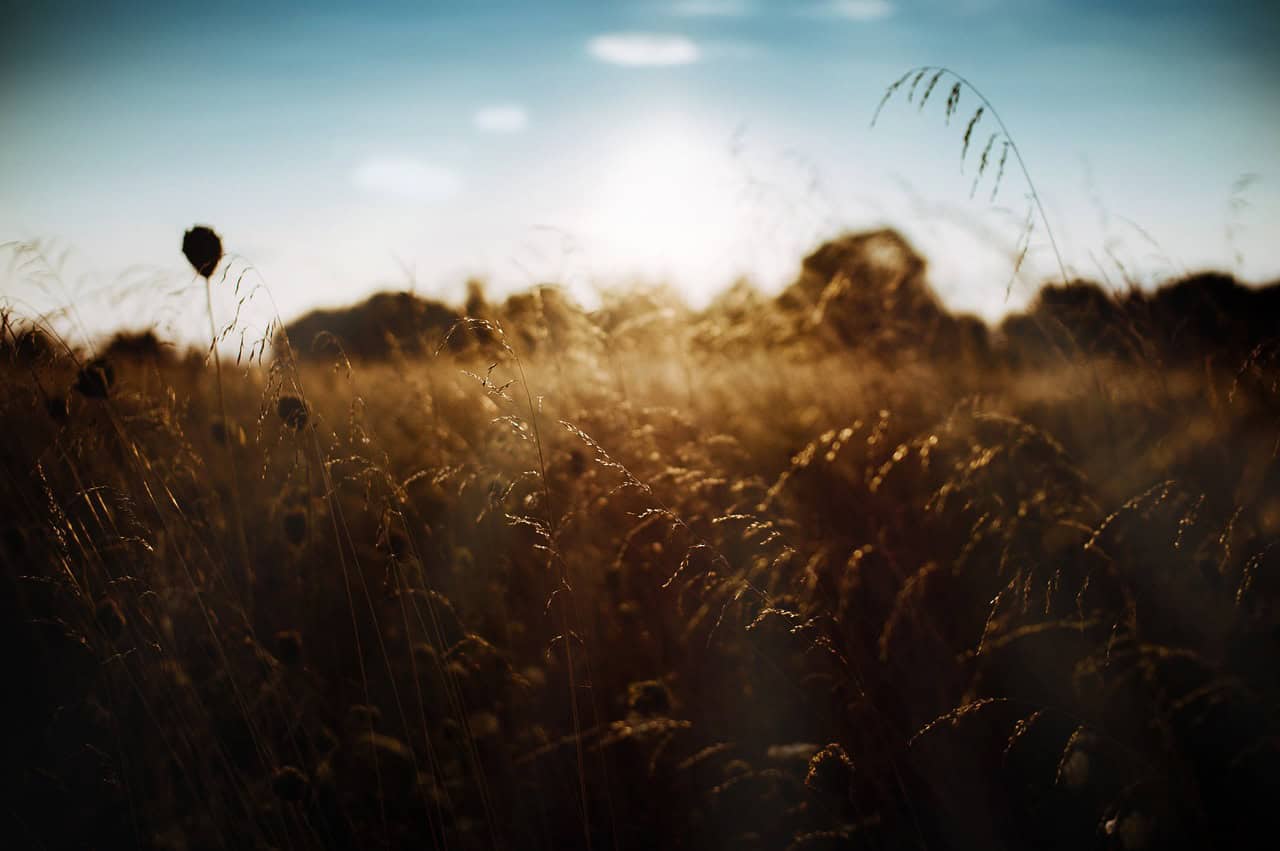Understanding Depth of Field
Depth of field (DoF) is a fundamental concept in photography that significantly influences the look and feel of your images. This guide will explain what depth of field is, how it works, and how you can control it to enhance your photos.
Depth of field refers to the zone of acceptable sharpness within an image. It is the distance between the nearest and farthest objects in a scene that appear acceptably sharp in a photograph. In simple terms, it determines how much of the scene is in focus. Mastering depth of field can transform your photography style, allowing you to create images that guide the viewer's eye to the subject focus, isolate important elements, and add a sense of depth and dimension to your compositions.
By manipulating depth of field, you can create striking portraits where the subject is crisply in focus while the background is beautifully blurred, emphasizing the subject and minimizing distractions. In landscape photography, a deep depth of field ensures that the entire scene, from the foreground to the horizon, is sharp and detailed, providing a comprehensive view of the environment.
Understanding and controlling depth of field allows you to tell visual stories more effectively. Whether you're capturing the intricate details of a flower with a shallow depth of field or the vast expanse of a mountain range with a deep depth of field, this technique helps you direct the viewer's attention and create images with a professional touch.
What is Depth of Field?
Depth of field refers to the zone of acceptable sharpness within an image. It is the distance between the nearest and farthest objects in a scene that appear acceptably sharp in a photograph. In simple terms, it determines how much of the scene is in focus.


"No DOF" vs "Shallow depth of field"
Factors Affecting Depth of Field
Three main factors influence depth of field: aperture, focal length, and the distance between the camera and the subject.
1. Aperture
Aperture, measured in f-stops (e.g., f/2.8, f/5.6, f/11), is the opening in a lens through which light enters the camera. The size of this opening affects the depth of field:
- Wide Aperture (Small f-number, e.g., f/1.8): Produces a shallow depth of field, where only a small part of the image is in focus.
- Narrow Aperture (Large f-number, e.g., f/16): Results in a deep depth of field, where most of the image is in focus.
2. Focal Length
The focal length of your lens also impacts depth of field:
- Short Focal Length (Wide-angle lens): Tends to produce a deeper depth of field.
- Long Focal Length (Telephoto lens): Tends to produce a shallower depth of field.
3. Distance to Subject
The distance between your camera and the subject can alter the depth of field:
- Closer Distance: Results in a shallower depth of field.
- Farther Distance: Results in a deeper depth of field.
Practical Applications of Depth of Field
Understanding and controlling depth of field can dramatically change the impact of your photos. Here are some common scenarios and how you can use DoF to your advantage:
Portrait Photography
In portrait photography, a shallow depth of field is often desirable. It allows the subject to stand out from the background, drawing attention to their face and creating a pleasing bokeh effect.

Landscape Photography
For landscapes, a deep depth of field is typically preferred. It ensures that everything from the foreground to the background is in sharp focus, capturing the entire scene's detail.

Controlling Depth of Field
Here are some practical tips for controlling depth of field in your photography:
- Adjust the Aperture: Use a wide aperture (e.g., f/2.8) for shallow depth of field and a narrow aperture (e.g., f/16) for deep depth of field.
- Change the Focal Length: Use a longer lens for a shallower depth of field and a shorter lens for a deeper depth of field.
- Move Closer or Farther: Position yourself closer to your subject for a shallower depth of field and farther away for a deeper depth of field.
Conclusion
Depth of field is a powerful tool in photography that can dramatically affect the composition and storytelling of your images. By understanding and manipulating aperture, focal length, and subject distance, you can create stunning photographs with the desired level of focus and blur. Practice these techniques to see how they influence your photos and experiment with different settings to master the art of depth of field.
